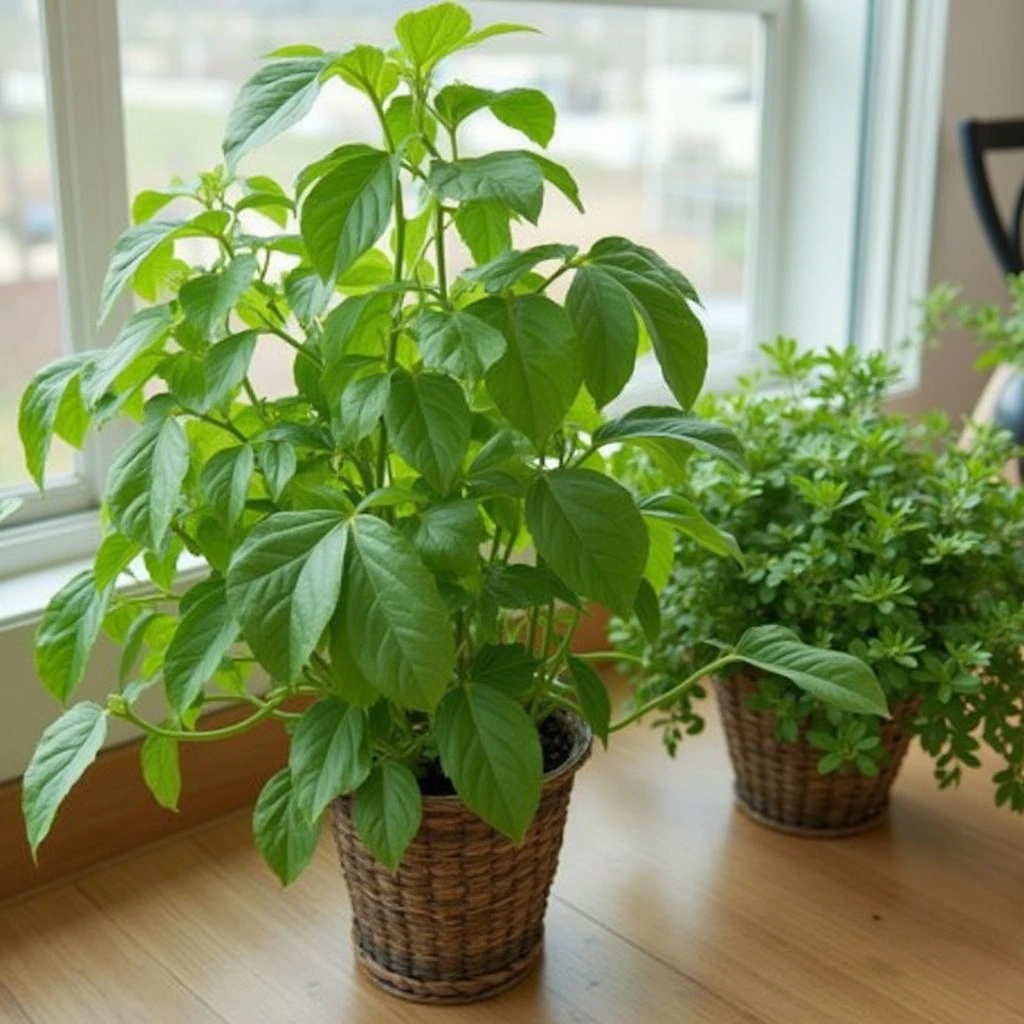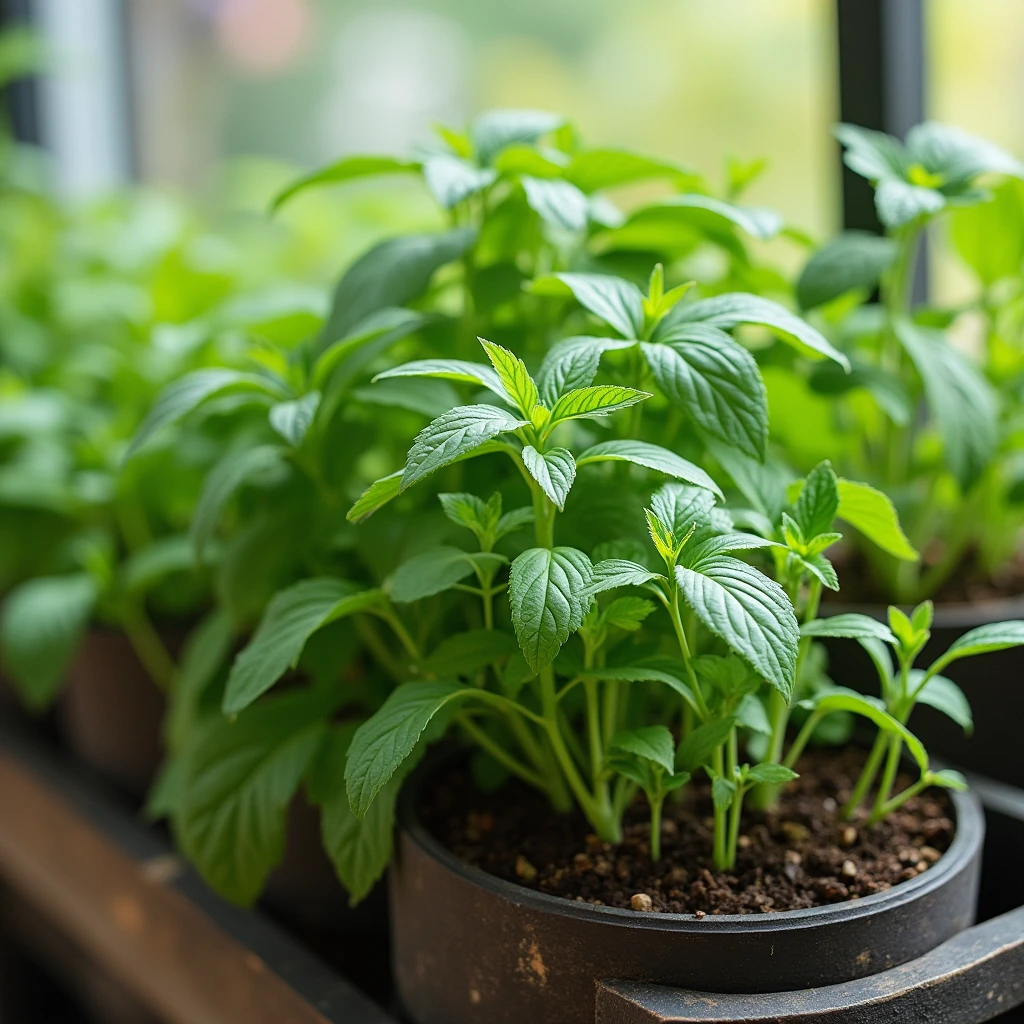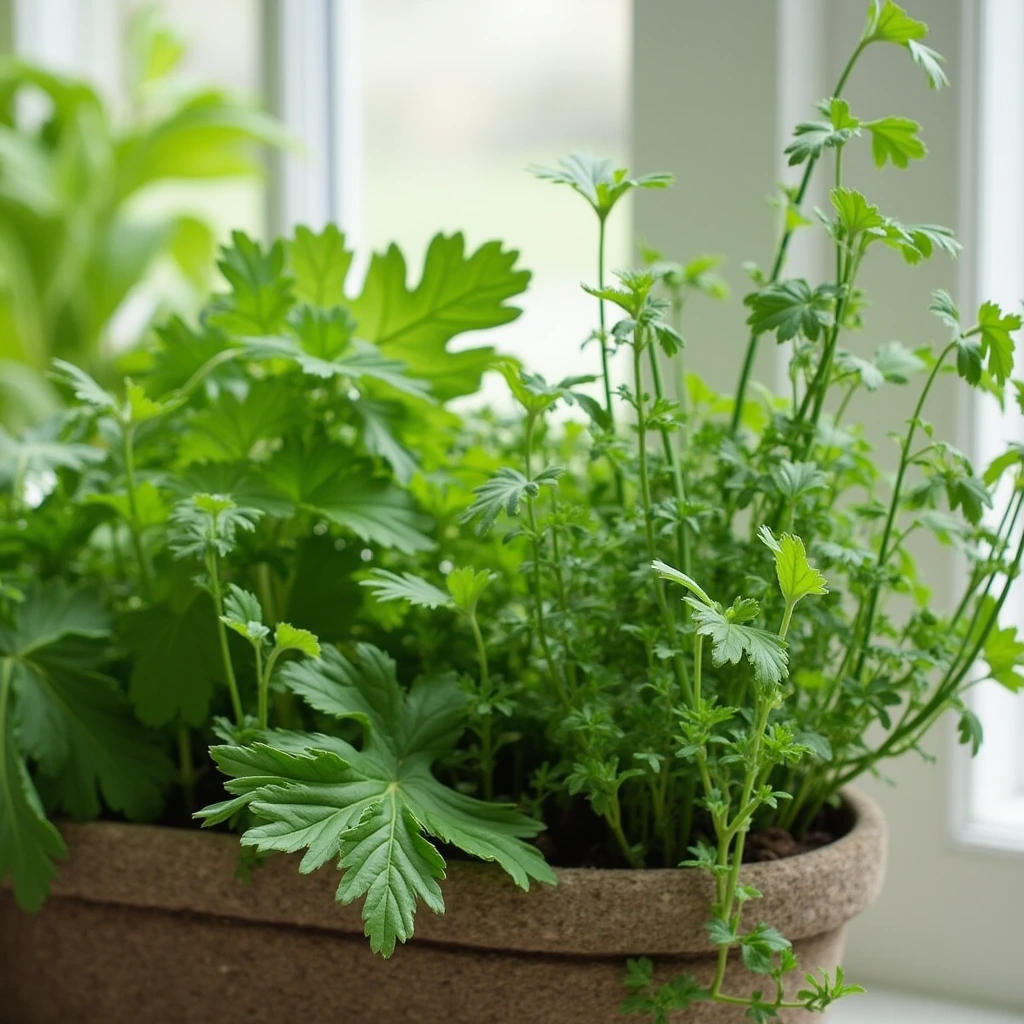How to Grow Herbs Indoors Year-Round
Growing your own herbs indoors is one of the most rewarding ways to bring freshness, flavor, and nature into your home. Whether you live in a small apartment or a house with limited outdoor space, an indoor herb garden lets you enjoy aromatic herbs like basil, mint, and parsley all year long.
![]()
1. Choosing the Right Herbs
Not all herbs thrive indoors, so it’s important to pick ones that grow well in containers and lower-light environments. Some of the best herbs to grow indoors include:
- Basil: Perfect for sunny windowsills, grows quickly and adds flavor to countless dishes.
- Mint: Extremely hardy and aromatic, great for teas and desserts.
- Parsley: A versatile herb that grows steadily with moderate sunlight.
- Chives: Compact, flavorful, and perfect for indoor growing conditions.
- Thyme & Oregano: Low-maintenance Mediterranean herbs with strong flavors.
Start small—focus on two or three herbs you frequently use in your kitchen.

2. Selecting the Ideal Containers
The container you choose has a huge impact on herb health. Make sure each pot has good drainage holes and use saucers to prevent water buildup. Herbs don’t like soggy roots. Clay pots are great because they allow air circulation, while ceramic and plastic pots retain moisture better.
For aesthetics, you can line up several small pots on your windowsill or create a vertical herb wall using hanging planters.
3. Best Soil Mix for Indoor Herbs
Herbs grow best in well-draining potting mix. Avoid using garden soil, as it can compact and block oxygen. Instead, use a mix that includes perlite or coarse sand to help aeration. For extra nutrients, you can mix in organic compost or coconut coir for moisture balance.
4. Finding the Perfect Lighting
Most herbs need at least 6 hours of sunlight each day. A south-facing window is ideal. If your space lacks natural light, consider using LED grow lights. Place them about 6–12 inches above your plants and keep them on for 12–14 hours a day during winter months.
Rotate your pots weekly so all sides get equal light exposure, ensuring even growth and strong stems.

5. Watering and Feeding Schedule
Indoor herbs are sensitive to overwatering. The best method is to check the top inch of soil—if it feels dry, water the plant. Always water thoroughly until it drains out of the bottom, but never let the pot sit in water.
For feeding, use a balanced liquid fertilizer every 3–4 weeks during the growing season. Dilute it to half-strength to prevent over-fertilization, which can weaken the herbs’ flavor.
6. Pruning for Continuous Growth
Regular trimming encourages herbs to grow bushier and healthier. Pinch off the top leaves once your herb reaches 6 inches tall. Always harvest from the top, not the sides, to promote upward growth.
Remove any yellow or dead leaves to prevent fungal issues and make your indoor garden look neat and thriving.
7. Managing Indoor Climate and Pests
Most herbs prefer temperatures between 18°C and 25°C (65°F–77°F). Keep them away from cold drafts, heaters, and air conditioners. Good air circulation is important, so avoid crowding too many pots together.
If you notice pests like aphids or spider mites, spray your plants with a natural insecticidal soap or a mixture of water and neem oil once a week until the problem disappears.
8. Harvesting and Using Your Herbs
You can start harvesting when your herbs have enough leaves to recover easily. Always leave at least one-third of the plant intact so it continues to grow. Use fresh herbs immediately or dry them by hanging small bunches upside down in a warm, dark place.
Once dried, store your herbs in airtight jars to preserve their aroma and flavor for months.
9. Common Mistakes to Avoid
- Overwatering: The #1 killer of indoor herbs. Always let soil dry slightly before watering again.
- Insufficient light: Herbs become leggy and weak if they don’t get enough sun or grow-light exposure.
- Ignoring pruning: Without trimming, herbs become tall and woody, losing flavor.

10. Why Indoor Herbs Are Worth It
Having an indoor herb garden brings life and fragrance into your home while providing a constant supply of fresh, organic ingredients. It’s cost-effective, eco-friendly, and deeply satisfying to cook meals using herbs you’ve grown yourself.
Even with minimal space, a few pots of thriving herbs can transform your kitchen into a green oasis, adding both beauty and practicality to your home.
Conclusion
Learning how to grow herbs indoors year-round doesn’t require much space or expertise—just a bit of care and patience. With proper light, watering, and regular pruning, you can enjoy fresh basil, mint, and parsley no matter the season. Start small, stay consistent, and your indoor herb garden will reward you with greenery and flavor all year long.